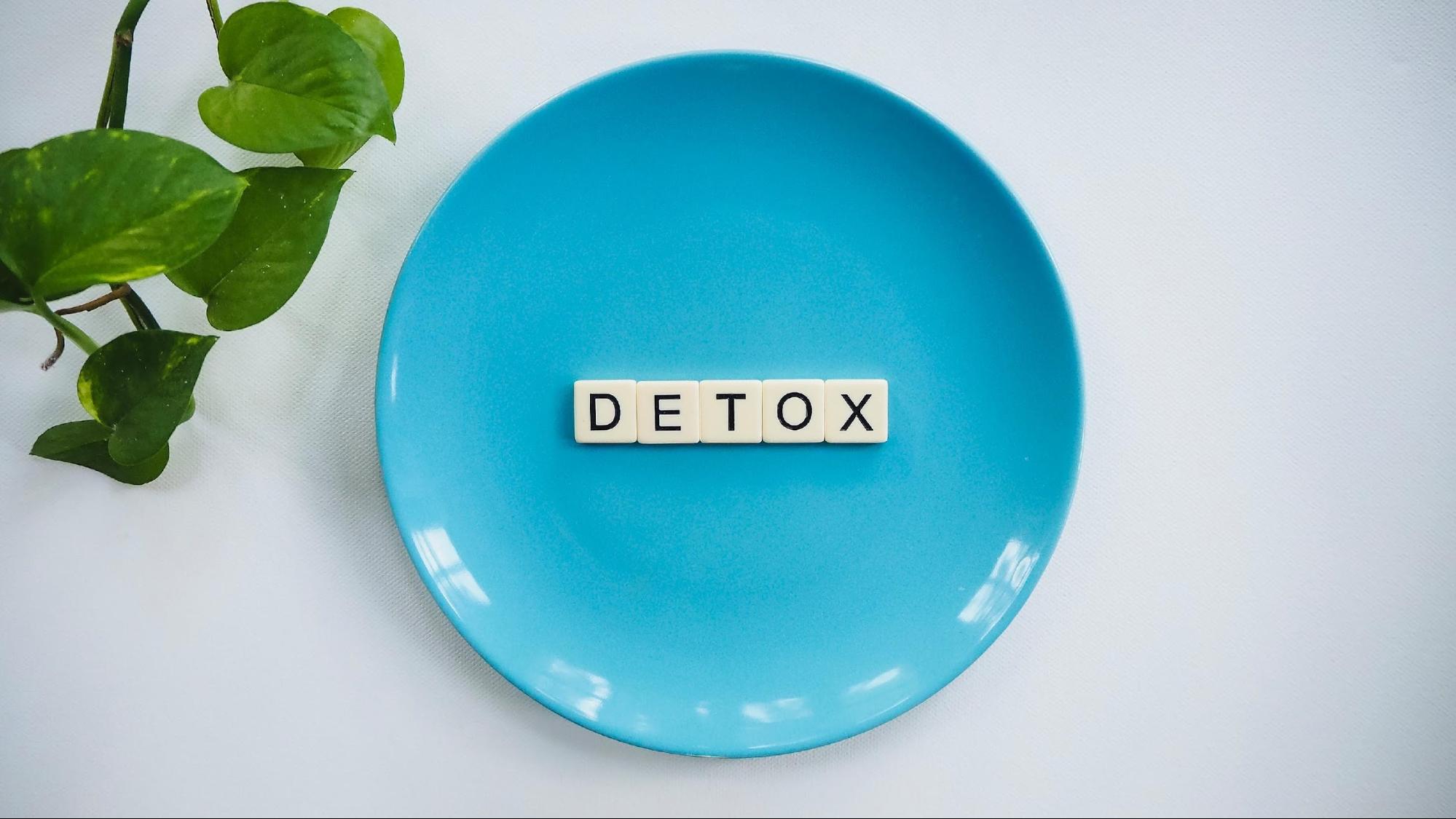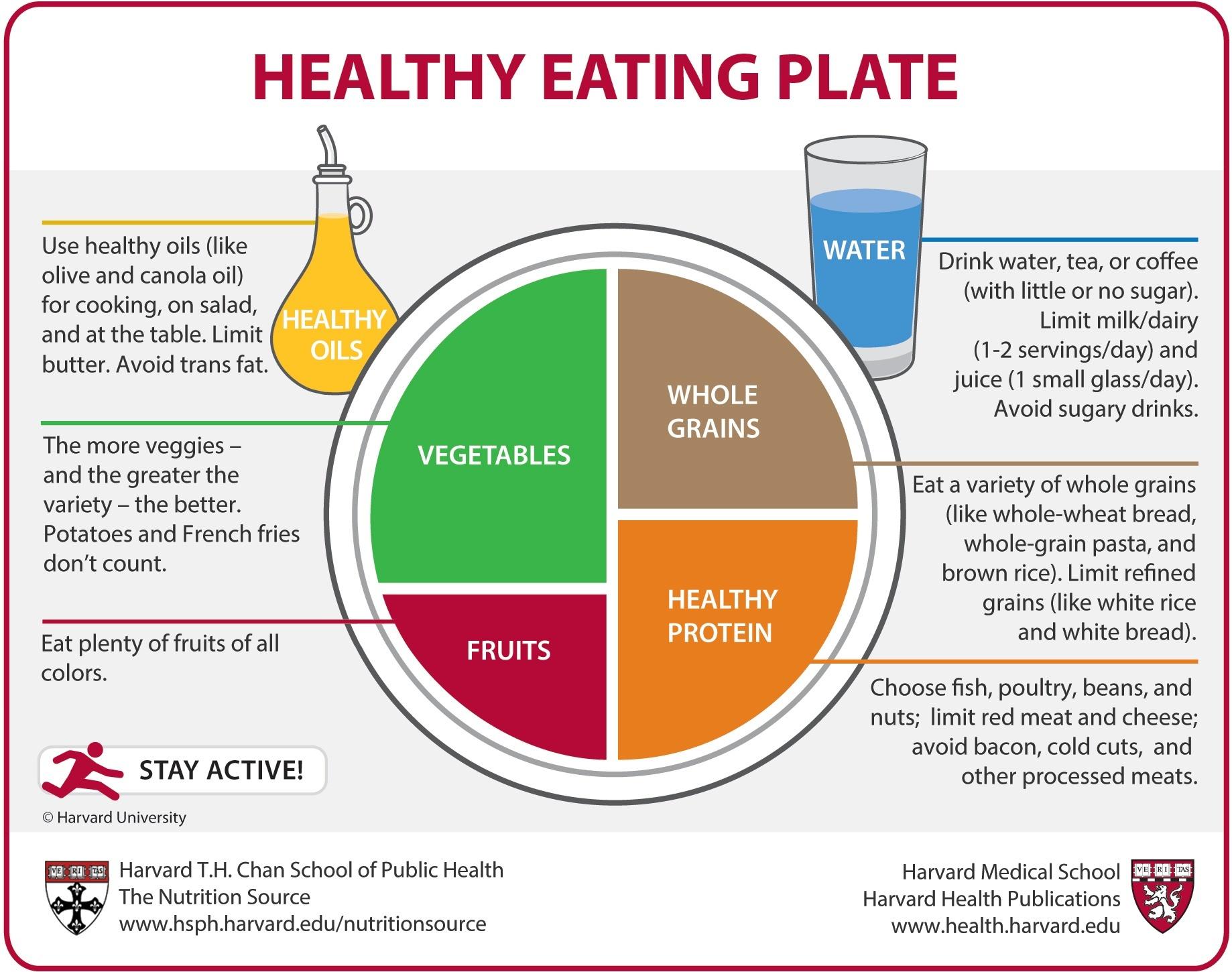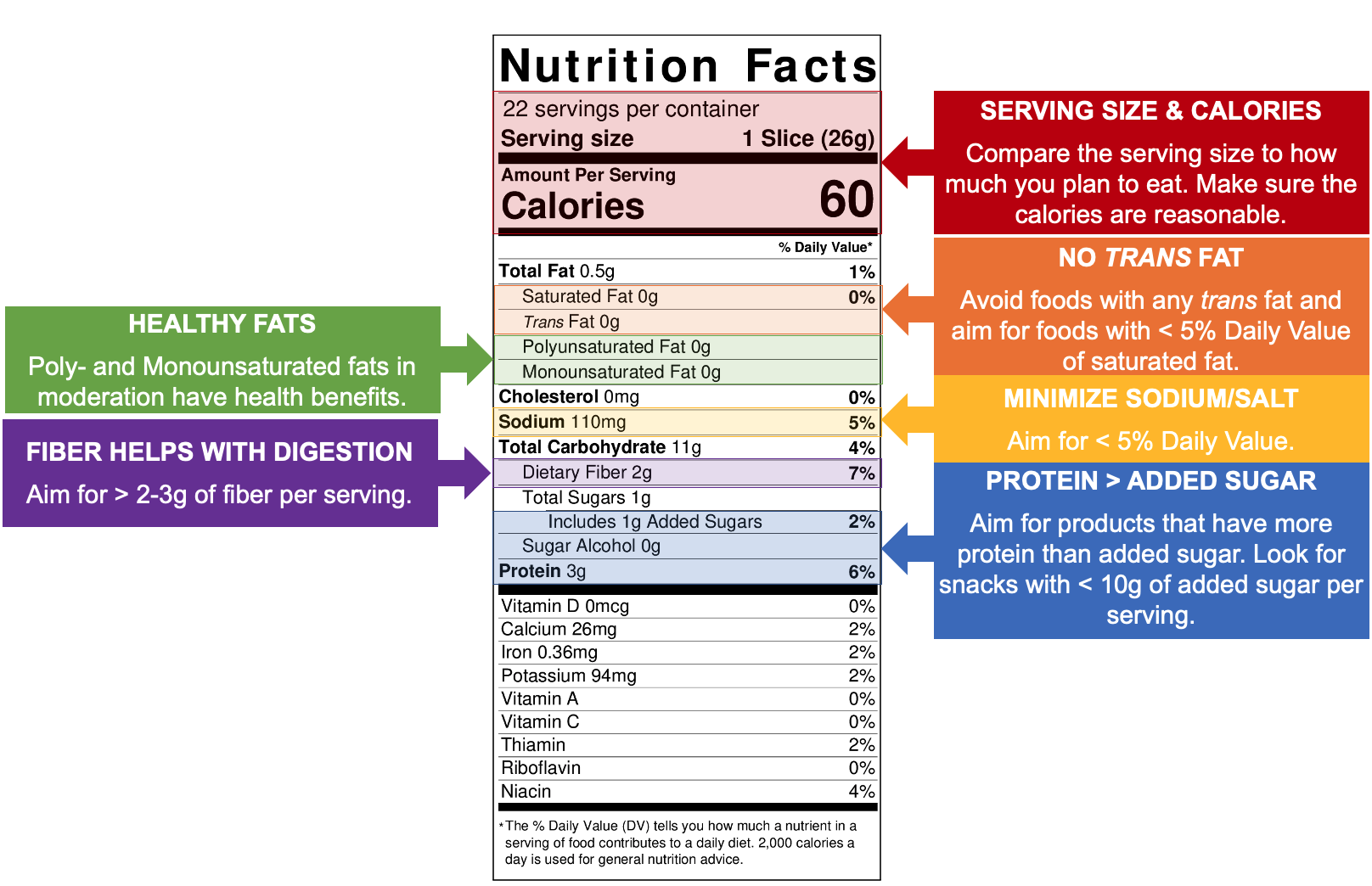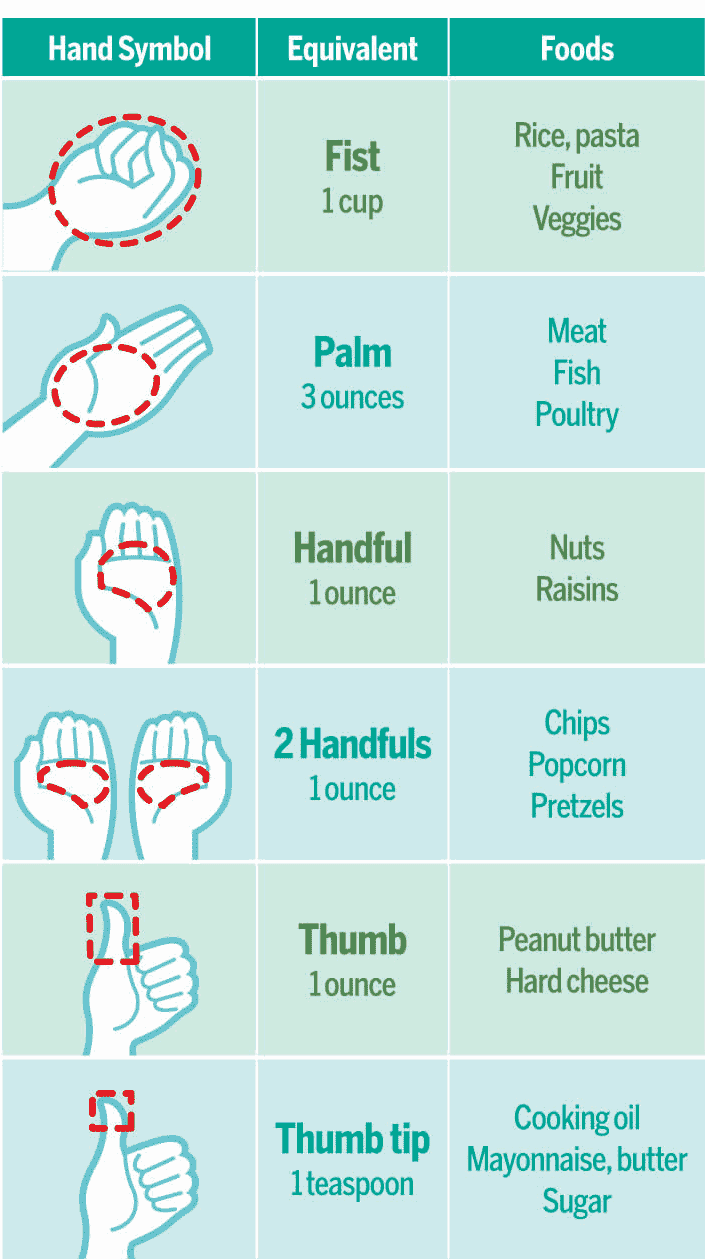Nutrition
A healthy diet and weight have many benefits for patients with PASC by reducing
- Depressive symptoms
- Sleep problems
- Fatigue
- Pain
- Declines in brain function and memory
Skip to main content

A healthy diet and weight have many benefits for patients with PASC by reducing

Filling Your Plate with a Healthy Diet

Calculate Your BMI to Inform Your Health Risk

How Can I Afford a Healthy Diet?

Understand and Use the Nutrition Facts Label

What about Special Diets and Allergies?

A Video on the Benefits of Eating a Nutritious Diet

Further Reading and Other Resources
Based on many years of studies the United States Department of Agriculture (USDA) has defined what makes up a healthy diet.
| Food Group | How Much Per Meal |
|---|---|
| Fruits and vegetables | 50% of every meal |
| Whole grains | 25% of every meal |
| Legumes & animal proteins | 25% of every meal |
| Water | Primary beverage |
| Nuts | Small handful daily |
| Oils/fats | Use healthy oils like olive oil for cooking and do not eat trans fat |
| Salt | 2,500 mg daily (1 teaspoon) |

Here are some general healthy diet guidelines:
Incorporate these foods into your diet as much as possible:
Check the ingredients in your food and reduce or avoid:
If you have a BMI that indicates a low, high, very high body fat % then you may want to consider talking to your doctor and making changes to your diet. The amount a person eats is one of the most important factors in how much a person weighs, even more so than exercise.
BMI should be used as a guide but is not the only indicator of who is healthy - BMI is good for indicating body fat percentage, although there are limitations. For example:
Many people have a hard time paying for enough food to feed themselves and their families. Do you need assistance having enough money to buy groceries and add high quality food such as vegetables, fruits, nuts, and fish? Review the following resources below that can increase your access to healthy foods and help you save money at the grocery store.
Resources for Healthy Eating on a Budget:
How to Save Money at the Grocery Store:
The first step to eating nutritious foods is being able to tell if a food is good or bad for your health. The easiest way to do this is by reading the nutrition labels on food items. Important things to look for when reading food labels are serving size, calories, nutrients, and daily value percentages.
Review the figure below to get started.

Calories are important when reading a food label, as they tell you how much energy that specific food or drink will give you. Generally, it’s recommended that people consume 2,000 calories per day, but this value varies from person to person depending on your age, gender, and activity level. It is important to consume the correct number of calories for your body, as there are health consequences for consuming too few or too many calories. When looking at calories, remember that the number of calories represents how many calories are in one serving, so if you are eating two servings you are consuming double the number of calories.
Nutrients on the label generally include carbohydrates, proteins, fats, sodium, cholesterol, vitamins, and minerals. When choosing what foods to eat, you should look for foods with more of the nutrients that are healthy and less of the nutrients that you want to limit. Sodium, added sugars, saturated fat, and trans-fat are all nutrients that may contribute to adverse health effects, so these should be limited whenever possible. On the other hand, nutrients to get more of include fiber, vitamins, and minerals. These nutrients are known to improve overall health and may help prevent certain health conditions, like osteoporosis and anemia, making them an important part of eating a healthy diet.
Daily value percentages (%DV): Most nutrients on food labels will have a percentage next to them, telling you what percent of the recommended daily amount of that nutrient is contained in one serving of the food or drink. This is helpful in determining whether there is a high or low amount of each nutrient in one serving. The general rule for a food or drink being low in a nutrient is a daily value less than 5%, and the rule for a food or drink being high in a nutrient is a daily value above 20%.
Serving sizes refer to the amount of food or drink that people typically consume. All nutrients included on the label are measured by how much is in one serving. To know how much of these nutrients you are getting, you should compare how much of the food or drink you consumed to the serving size. For example, if you eat two servings of a food, then you are getting double the nutrients on the food label.
The figure below shows you how to use your hand to calculate serving sizes.

Healthy Recipe Resources:
Resources if Your Goals Include Weight Loss:
Mobile Food Tracker Apps:
There are several apps available for iPhone and Android that can support your nutrition and caloric goals. Many can be downloaded for free or a small fee. Some examples include:
Other Resources:
References: